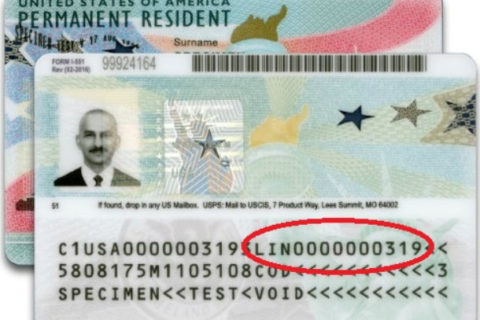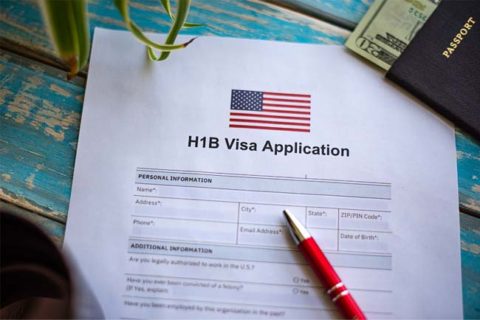The United States Citizenship and Immigration Services or USCIS is an important agency in managing immigration processes and applications. Unfortunately, it has had a hard time in recent years due to increasing processing backlogs that results in delays in case adjudication and frustration among applicants. Read below to find out how it reduces processing backlogs.
Understanding the Issue
Processing backlogs are the situations when the number of pending cases surpasses the capacity of USCIS to handle them within a reasonable timeframe. They can happen due to a few factors, such as a surge in application volumes, resource constraints, complex legal requirements, and inefficient processing procedures. They result in extending waiting periods for applicants, uncertainty, and potential economic and personal hardships.
Reducing Processing Backlogs
In order to reduce the processing backlogs, new internal cycle time goals have been established by USCIS in March last year, as stated on the official website of USCIS. Here are the new cycle time goals:
|
2 WEEKS |
6 MONTHS |
|
| I-129 Premium | N-400 | I-526 |
| I-140 Premium | N-600 | I-600 |
| 2 MONTHS | N-600K | I-600A |
| I-129 | I-485 | I-730 |
| 3 MONTHS | I-140 Non-Premium | I-800A |
| I-765 | I-130 Immediate Relative | I-90 |
| I-131 A | I-129F Fiancé (e) | I-821D Renewals |
| I-539 | I-129B | |
| I-824 | I-360 | |
| I-102 | ||
All the goals shown above are known as internal metrics that guide the efforts to reduce the backlog and affect the time needed by the agency to process cases. When the cycle times improve, the processing times will do the same thing, making it faster for the applicants and petitioners to get decisions on their cases more quickly. To achieve all the goals that it has by the end of FY 2023, USCIS plans to do a few things such as increasing capacity, improving technology, and expanding staffing.
Right now, the processing times shared by USCIS displays the amount of time it took the agency to complete 80% of adjudicated cases over the past 6 months. The cycle times are used by the agency to monitor the number of pending cases in the workload of the agency. From the cycle time, it can be found how many months’ worth of pending cases for a certain form is awaiting a decision. The operational divisions of the agency use the cycle times to measure the progress that is currently made by the agency on reducing the backlog as well as case processing times in general.
Two Other Efforts to Increase Efficiency and Minimize the Burdens to the Legal Immigration System
Apart from reducing processing backlogs, USCIS also puts two other efforts to increase efficiency and reduce burdens to the overall legal immigration system, such as making premium processing expanded and making the access to employment authorization documents better. The USCIS Director Ur M. Jaddou said that the USCIS remains committed to delivering timely and fair decisions to all they serve. He added that every single application that they adjudicate represents the hopes and dreams of immigrants and their families, in addition to their critical immediate needs, including financial stability and humanitarian protection.
Bottom Line
To fulfill its mission of processing immigration applications efficiently while at the same time maintaining transparency and fairness, USCIS reduces processing backlogs. According to its official website, the agency established new internal cycle time goals to fix the issue. The new internal cycle time goals have been mentioned above.

A bookworm and researcher especially related to law and citizenship education. I spend time every day in front of the internet and the campus library.





